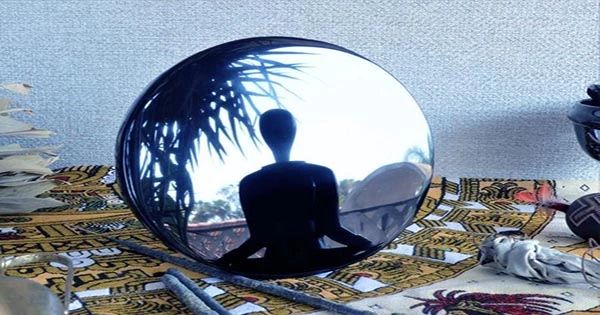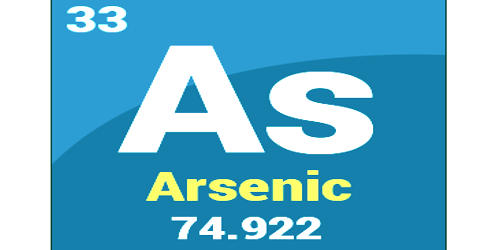Mirrors, how I love them. What would we do if you weren’t here? Who else could tell us when our hair is a mess or we have spinach stuck between our teeth with such uncompromising candor? People have had to make due with attempting to decipher this information from a puddle for a surprise long time, despite the fact that it appears to be a rather straightforward innovation. Justus von Liebig, a German scientist, created a technique for putting a thin film of metallic silver on the surface of a pane of glass in 1835, and the mirror as we know it today was born.
Mirrors were far more basic and uncommon prior to this, especially among the lower elements of society. Being able to see what you look like without a pool of water was a luxury only the wealthy could afford. Polished obsidian was used to make the earliest “mirrors,” which were extremely rare. We know about the earliest humans who used this technology 8,000 years ago in Anatolia, which is now modern-day Turkey. The ancient Mexicans employed the same strategy, but they saw mirrors as magical tools through which they might glimpse the realms of the gods and their ancestors.
Tezcatlipoca – “smoking mirror” – was represented with an obsidian mirror affixed to its breast through which it could see everything, even human thoughts, emphasizing the mystique and value the ancient Mexicans put on the instruments. Roughly 4000 to 3000 BCE, mirrors made from polished copper were constructed in Mesopotamia (now Iraq) and Egypt, while around 1,000 years later, mirrors made from polished stone were made in South America. Glass mirrors were mentioned by Pliny the Elder in the first century AD, albeit they were not as reflective as modern-day mirrors, would distort pictures, and – like their metal and obsidian counterparts – were surely much smaller.
Some societies throughout the world had to wait for much longer than 1835 to enjoy the pleasures of peering directly back at yourself, and not everyone was a fan. Jack Hides, an explorer who led an expedition to Papua New Guinea in 1935, brought a mirror with him as one of several items he hoped to exchange. The first person to look at the mirror, a guy named Tebele, was enthralled by what he saw until Puya, the tribe’s leader, requested to look at it himself and sprang back, shocked by what he saw.
He had Tebele hold the mirror at various angles and distances before concluding that the gadget was too hazardous for humans and demanding that Tebele return it, which Hides perceived as an insult. When Tebele returned the mirror, Puya felt it was a magical artifact sent by deceased ancestors, while Hides believed Puya was a sorcerer who was using his skills to influence other tribe members. Overall, Hides could have been better off selling a less reflecting potato, for example.
















